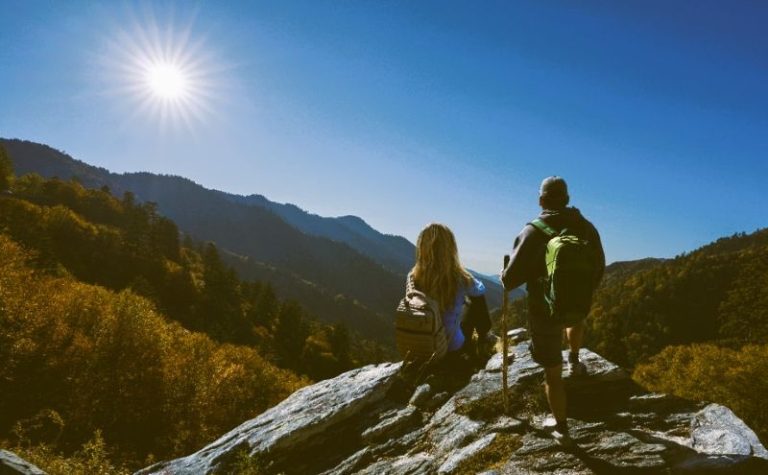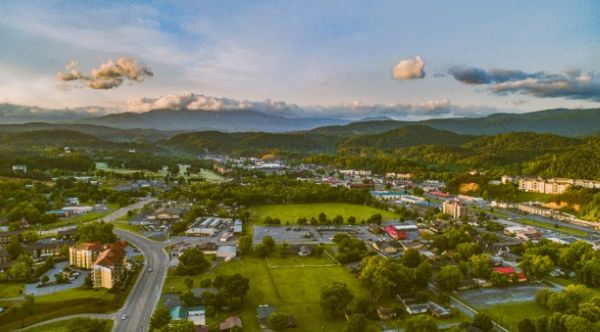

Ever plan a trip only to realize halfway through the drive that you forgot something important, like checking road closures or booking the right kind of lodging? In an era when people are still trying to balance budgets with rising travel costs, skipping the prep work can make even a quick getaway stressful. In this blog, we will share what you need to know before heading to Pigeon Forge.
Planning Around Current Realities
Travel patterns have changed since the pandemic. Many people book trips closer to the travel date and try to squeeze more into shorter stays. Because Pigeon Forge attracts large seasonal crowds for events and summer vacations, last-minute planning can mean long lines, inflated costs, and no space for certain attractions. Gas prices and regional weather shifts also add unpredictability, so knowing your route and timing helps avoid unnecessary stops or last-minute detours. Checking the Tennessee Department of Transportation website can help you avoid congestion, especially around festival weekends or when road repairs cause delays.
Another factor is the unpredictable economy. With costs of everything from meals to attraction tickets creeping up, travelers often underestimate how fast daily expenses pile up. While the area is known for casual food spots and family-friendly entertainment, paying attention to small costs like parking fees or peak-hour ride passes can keep your budget from going sideways. Having cash on hand is also a good idea, as not every vendor is set up for card payments, particularly at outdoor events.
Where You’ll Sleep Matters
Finding comfortable lodging can make or break the trip. Many visitors underestimate how busy things get, especially during summer or around seasonal shows. Booking ahead, rather than waiting until the last minute, saves you from higher rates and slim choices. For travelers who prefer comfort without the chaos of oversold options, looking at well-rated spots like The Inn can make the stay smoother. When researching places to stay in Pigeon Forge, think about location first. Being closer to attractions can save you hours in traffic, while staying slightly outside the main strip might cut down on noise and evening congestion. Consider how much time you’ll actually spend in the room versus exploring—if you’ll mostly be out, proximity may matter more than amenities.
Another thing to weigh is travel logistics beyond the booking itself. Traffic can bottleneck quickly on weekends, so it’s best to plan arrival outside peak check-in hours. Travelers driving in from nearby states often underestimate how much longer routes can take when weather or construction hits. Setting realistic arrival times keeps the first day from turning into a blur of stress. If you plan to catch specific shows or attractions right after arriving, make sure to account for potential holdups, especially during festival periods when demand surges.
Preparing for Packed Days
Pigeon Forge is built for families and groups, which means many attractions are designed to fill entire days. That can sound great until you realize not every activity is designed to handle massive crowds comfortably. Booking tickets online in advance helps avoid wasting half your day standing in line for things like Dollywood or dinner shows. The same goes for timed experiences like mountain coasters or guided tours, which often sell out weeks ahead when schools are on break.
Bringing your own water and snacks can help you dodge overpriced concessions, especially at outdoor attractions. Some areas allow small coolers, but policies vary, so checking ahead keeps you from having to throw things out at the gate. Comfortable footwear is another non-negotiable. The town may look walkable on a map, but many stretches between attractions can take longer than expected, especially when parking lots fill up. Blisters or sore feet on day one can cut the trip short before you even get to everything on your list.
With weather being unpredictable, packing for sudden rain or cooler nights helps too. While summers are typically hot, evening shows and mountain breezes can bring surprising temperature drops. A lightweight jacket or poncho saves you from overpaying for emergency gear at a gift shop.
Making the Most of Attractions
Many travelers focus only on big names like Dollywood and skip smaller, locally owned attractions that don’t require half a day to enjoy. These spots often have shorter lines, lower costs, and more flexible hours. Checking community calendars can help you catch seasonal markets or pop-up shows, which often fly under the radar but provide a break from the high-traffic areas.
If you’re trying to keep costs down, look for bundled passes for shows and attractions, but read the fine print carefully. Some of these deals sound appealing but lock you into rigid schedules that may not match your plans. Planning a flexible itinerary helps you enjoy the area without feeling like every hour is dictated by a ticket time.
Also, with social media shaping expectations, remember that viral attractions often create unrealistic ideas about what you’ll get. Many places look quieter in photos than they are in real life. Setting realistic expectations can keep the trip enjoyable instead of frustrating when lines stretch longer than expected.
Staying Flexible When Things Go Wrong
Even the best planning won’t stop everything from going sideways. Weather delays, traffic jams, or sudden attraction closures happen. Building a loose fallback plan saves you from wasting hours figuring out what to do next. Keeping a list of indoor options, like museums or interactive exhibits, gives you somewhere to go if a sudden storm rolls in.
For travelers with kids, planning downtime is as important as booking attractions. Overstuffed itineraries lead to burned-out adults and cranky kids, which can derail even the most exciting day. Instead of rushing from one activity to the next, leaving gaps in the day to rest or grab food can make the entire trip feel less like a marathon.
Local news apps and weather alerts can also keep you updated on any sudden developments. Road closures for events or accidents can reroute traffic quickly, so staying informed prevents unnecessary headaches. Downloading offline maps is helpful too, since cell service can be spotty in certain areas near the mountains.
What It All Adds Up To
A trip to Pigeon Forge can be memorable for the right reasons when you avoid the common mistakes travelers make. Preparing for crowds, thinking ahead about where you’ll sleep, and building a plan flexible enough to handle unpredictable twists can keep things from turning stressful. Staying ahead of current costs and checking event schedules before leaving also helps you avoid wasted time or money. When the details are handled before the trip, you can focus on actually enjoying everything the area has to offer.


